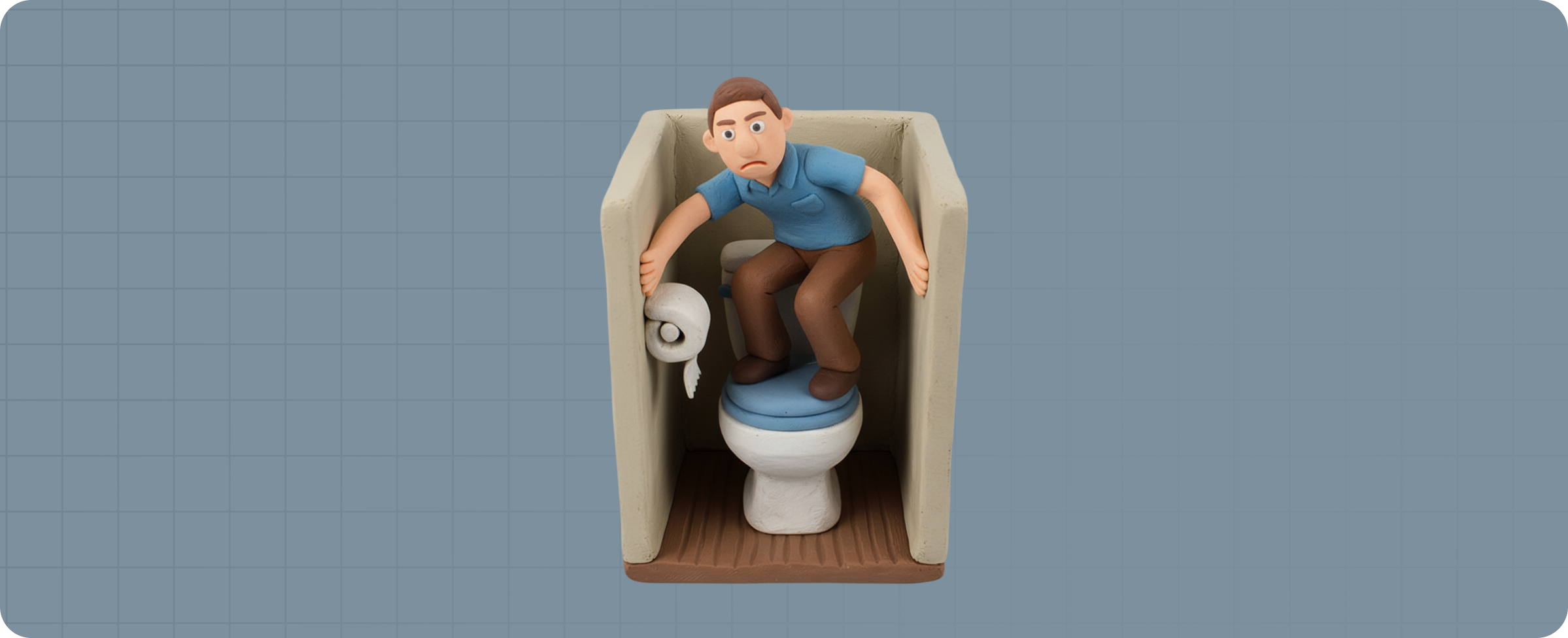What are common failures and enforcement challenges in stall dimensions?


Bathroom stall dimensions are critical for life safety, accessibility, and user comfort. Noncompliance can result in failed inspections, ADA lawsuits, and life safety risks. Understanding typical failures helps architects, contractors, and inspectors prevent costly errors.
Top 10 common noncompliance failures
Field anecdotes and enforcement tips
- Case 1: In a hospital project, a stall was installed 2 inches narrower than ADA standards. Inspectors flagged the violation, delaying occupancy approval until partitions were adjusted.
- Case 2: A public school restroom had grab bars installed at the wrong height due to misreading ICC A117.1 guidance, triggering multiple failed inspections.
- Tip for inspectors: Always check width, turning space, and hardware placement before wall finishes. Small deviations can lead to rejection.
Tip for contractors: Use laser measurements and verify plans against ICC A117.1 and IBC dimensions during rough-in and finish stages.
Summary
Stall dimension failures are among the most common building code violations in public and commercial restrooms. Most issues arise from:
- Narrow or inconsistent widths
- Improper door swings or hardware
- Grab bars and maneuvering space errors
- Conflicts with MEP installations
- Misinterpretation of retrofitting rules
Preventing these failures requires careful coordination between architects, GC, subcontractors, and inspectors, as well as thorough plan review and field verification.
FAQs
1. What is the minimum width for a public bathroom stall?
Most codes require 36 inches for standard stalls and 60 inches for accessible stalls (ICC A117.1 §604).
2. Can MEP systems reduce stall dimensions?
No. HVAC, plumbing, or electrical elements cannot encroach on minimum stall width or ADA clearances.
3. How are historic buildings handled?
Historic retrofits may allow exceptions, but accessible stalls must be provided wherever feasible (IBC §3401).
4. What are the common inspection triggers?
Narrow stalls, blocked paths, missing grab bars, incorrect door swings, and inconsistent dimensions are typical triggers.
5. Who is responsible for code compliance?
Architects design compliant layouts; GCs and subcontractors install correctly; inspectors verify adherence.
6. Are there regional variations in stall dimensions?
Yes. Local AHJ amendments may require wider stalls or additional clearances in assembly or high-rise buildings.
References
- International Building Code (IBC) – https://codes.iccsafe.org/codes/ibc
- ICC A117.1 Accessible and Usable Buildings and Facilities – https://codes.iccsafe.org/codes/icc-a117-1
- 2010 ADA Standards for Accessible Design – https://www.ada.gov/resources/2010-ada-standards/
NFPA 101 Life Safety Code – https://www.nfpa.org/codes-and-standards/all-codes-and-standards/list-of-codes-and-standards



%201.png)








